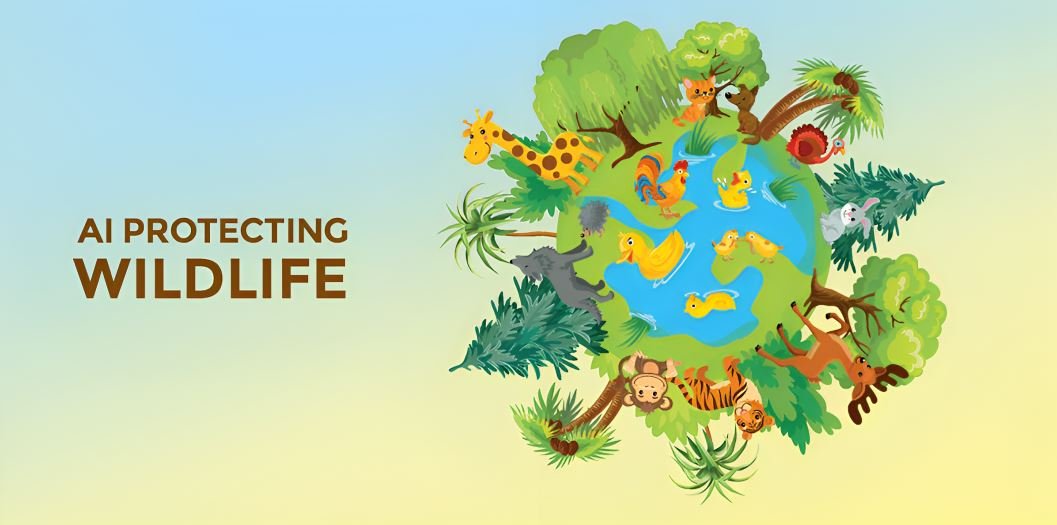
Technology profoundly influences our lives. In this era, the intersection of artificial intelligence (AI) and wildlife conservation offers hope and ethical challenges. AI offers groundbreaking tools for protecting biodiversity and monitoring ecosystems. However, it also raises significant ethical considerations. We must address these issues to balance technological advancement with environmental stewardship.
The Rise of AI in Wildlife Conservation
AI’s role in wildlife conservation has been prominent. This trend is driven by the urgent need to protect endangered species and manage natural resources. Conservationists can now analyze vast amounts of data using technologies like machine learning. They also use computer vision and predictive analytics. Data ranges from animal migration patterns to changes in habitat conditions. This has led to more efficient and effective conservation strategies.
For instance, AI-driven camera traps and drones provide real-time monitoring of wildlife populations. They enable rapid responses to threats, such as poaching or habitat destruction. Predictive models help us understand animal behaviors and movements. They allow us to take proactive conservation measures. AI also aids in biodiversity research. It analyzes sounds and images to identify and catalog species. Some of these species might be unknown.
Ethical Considerations
The use of AI in wildlife conservation has benefits. However, it also brings forth many ethical issues. One primary concern is privacy. This could infringe on their privacy rights. Ensuring that these technologies are used only for conservation purposes is paramount.
Another ethical concern is data security. Sensitive information collected through AI systems could be hacked or misused. It is crucial to protect this data from unauthorized access. This will maintain trust and integrity in conservation efforts.
Furthermore, there’s the issue of technological bias. AI systems are only as unbiased as the data they’re trained on. Historical prejudices or inaccuracies in the data could lead to better conservation strategies. Ensuring diverse and representative data sets is essential to mitigate this risk.
Balancing Technology and Ethics
Balancing the benefits of AI in wildlife conservation with ethical considerations requires a multi-faceted approach. First, it is crucial to establish clear guidelines and regulations governing the use of AI in conservation. These guidelines should rank data privacy and security. They should also ensure the rights of local communities are respected.
Second, involving local communities in developing and deploying AI technologies is vital. Their knowledge and insights can provide valuable context. This ensures that conservation efforts are culturally sensitive and ethically sound.
Third, continuous monitoring and evaluation of AI systems in conservation projects are essential. This will help identify any ethical issues that arise. It will also allow for timely modifications to the technology or its application.
The Way Forward
The future of wildlife conservation in the AI era looks promising. However, it demands careful navigation of ethical terrain. Conservationists, technologists, and policymakers must collaborate closely to harness the potential of AI. They must also uphold ethical standards. By doing so, we can ensure that the use of AI advances conservation goals. It also does so in a manner that is respectful of both nature and human rights.
We need to embrace these new technologies. Staying informed about the latest trends in AI and conservation is essential. Keeping up with advancements in AI and conservation is also important. Engage with platforms that offer insights and resources. For example, those found in a Woo Casino bonus. This can be a starting point. Those interested in the intersection of technology and environmental stewardship can start here.
In conclusion, ethical AI for wildlife conservation represents a powerful tool. It is used in the fight against biodiversity loss and environmental degradation. By addressing the ethical challenges head-on, we can harness AI’s full potential. This will protect our planet’s precious wildlife and ecosystems for generations to come.








